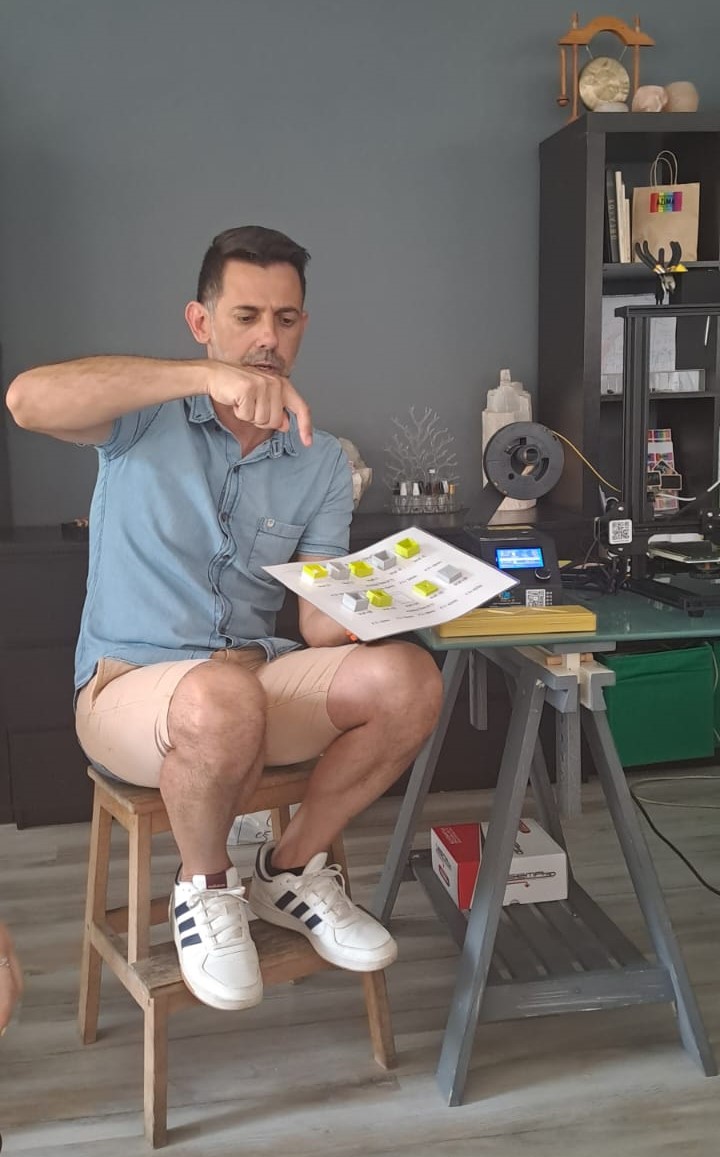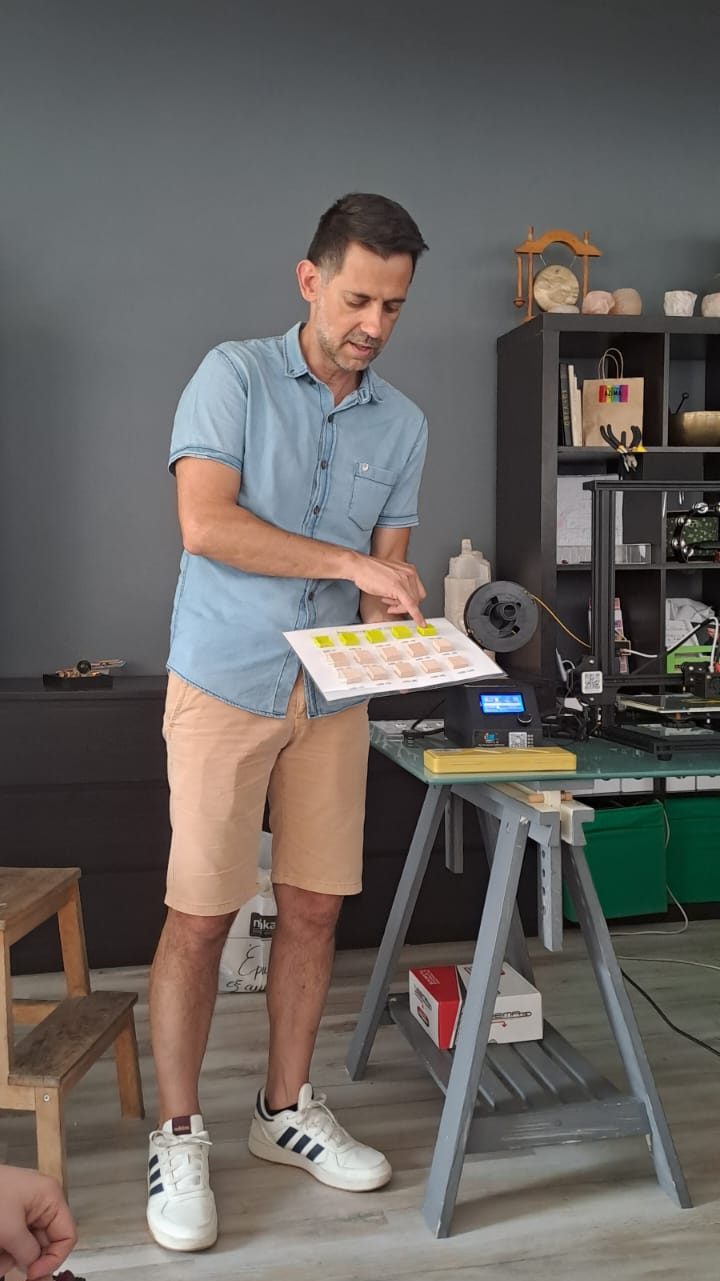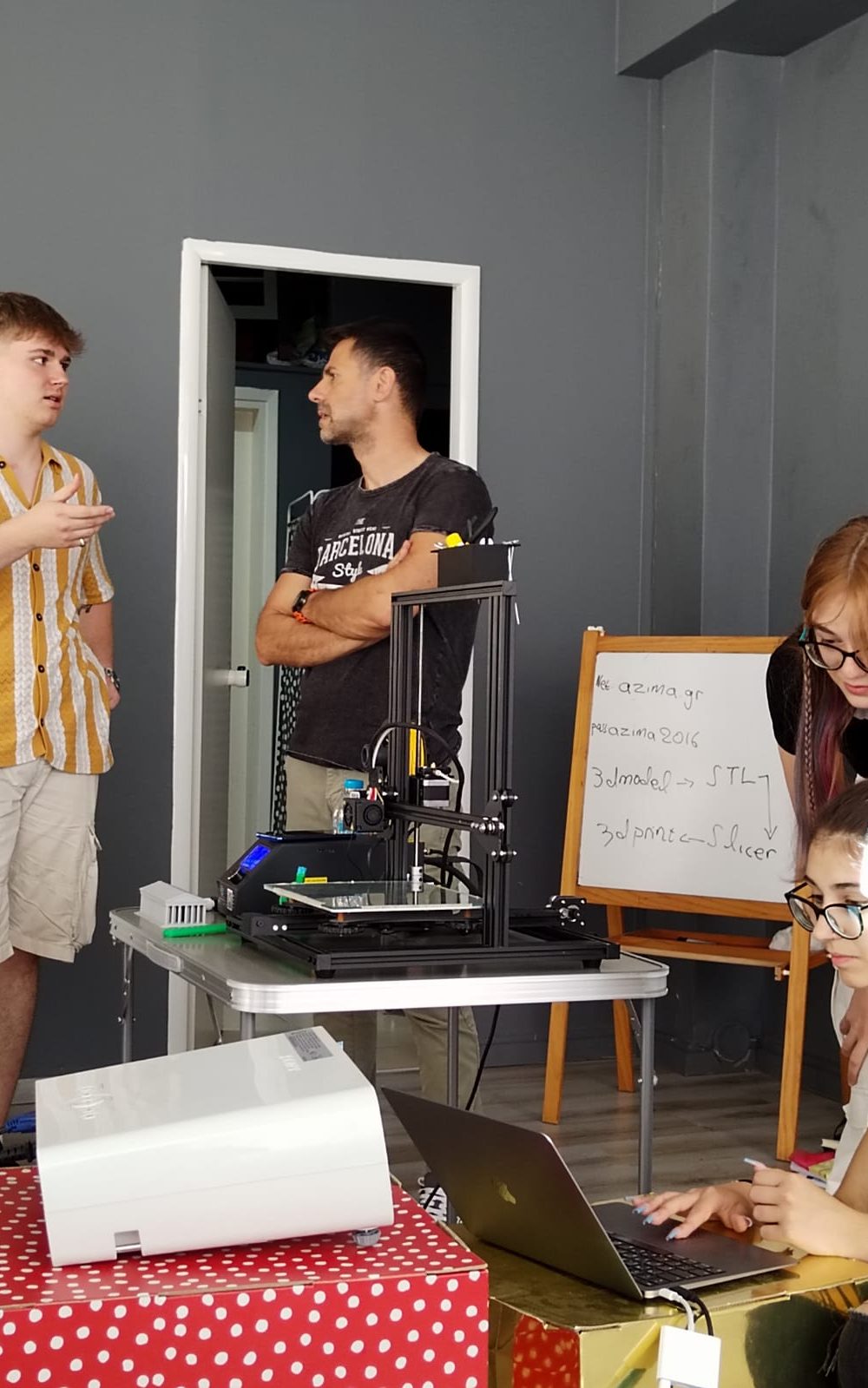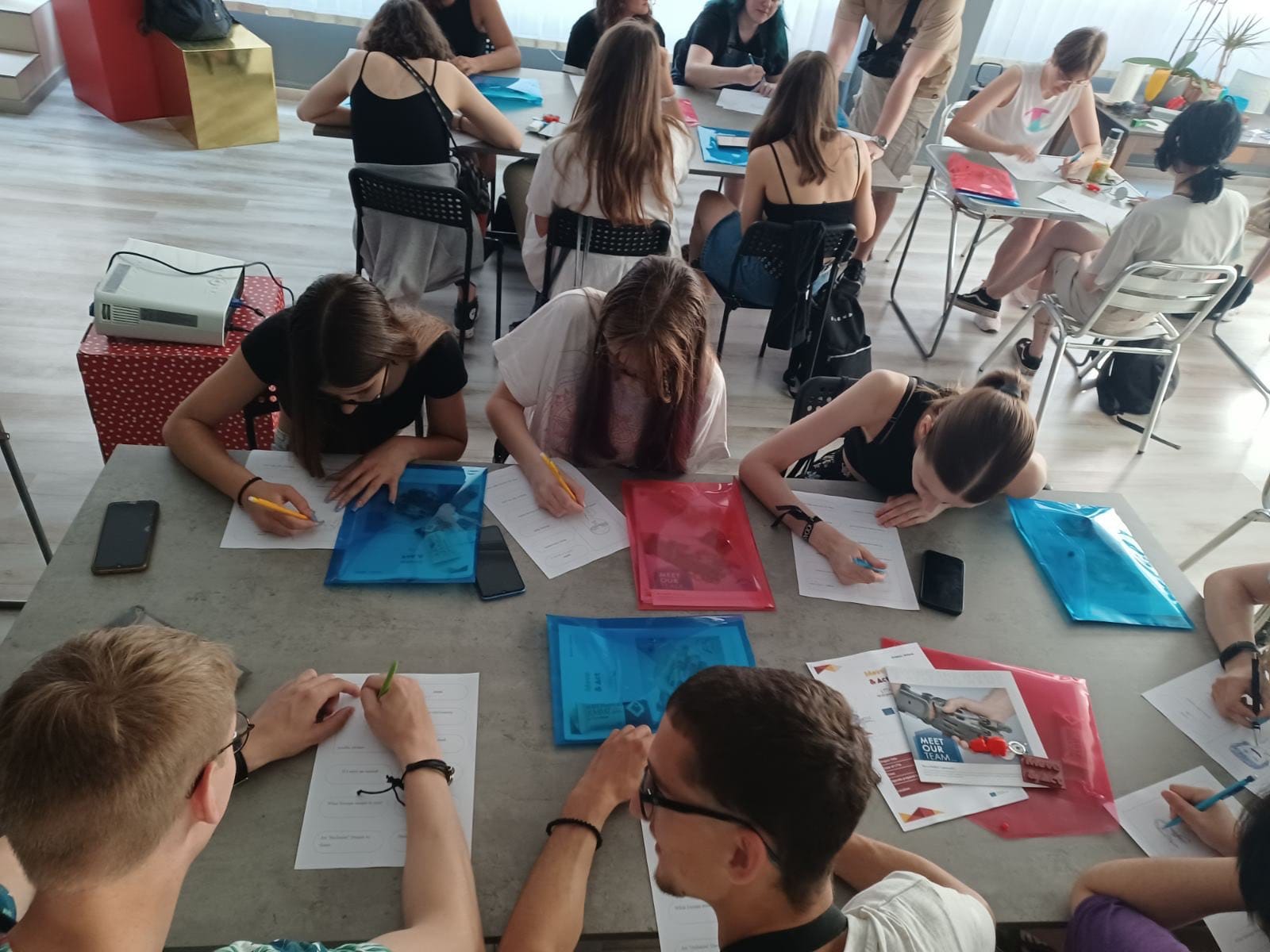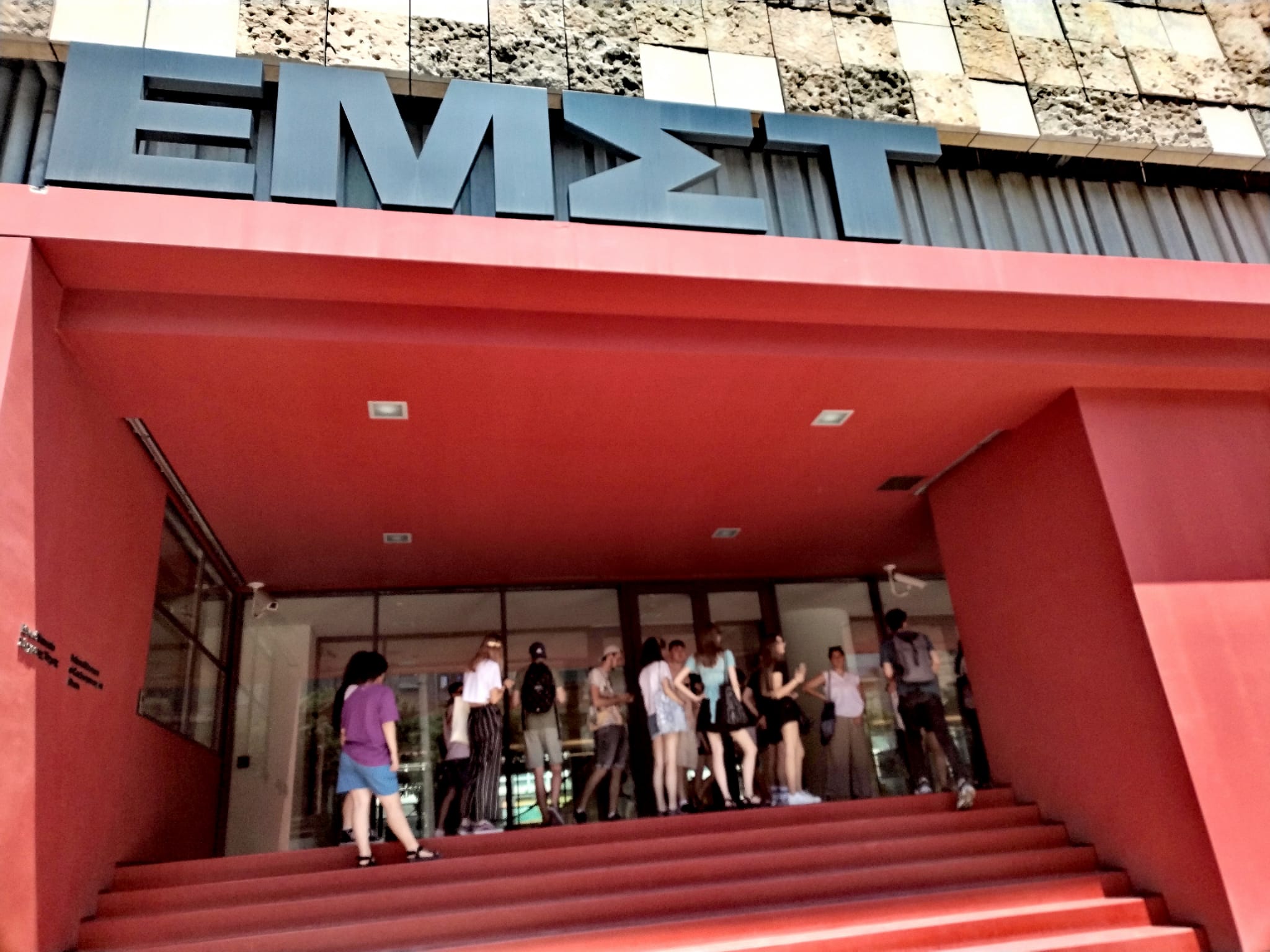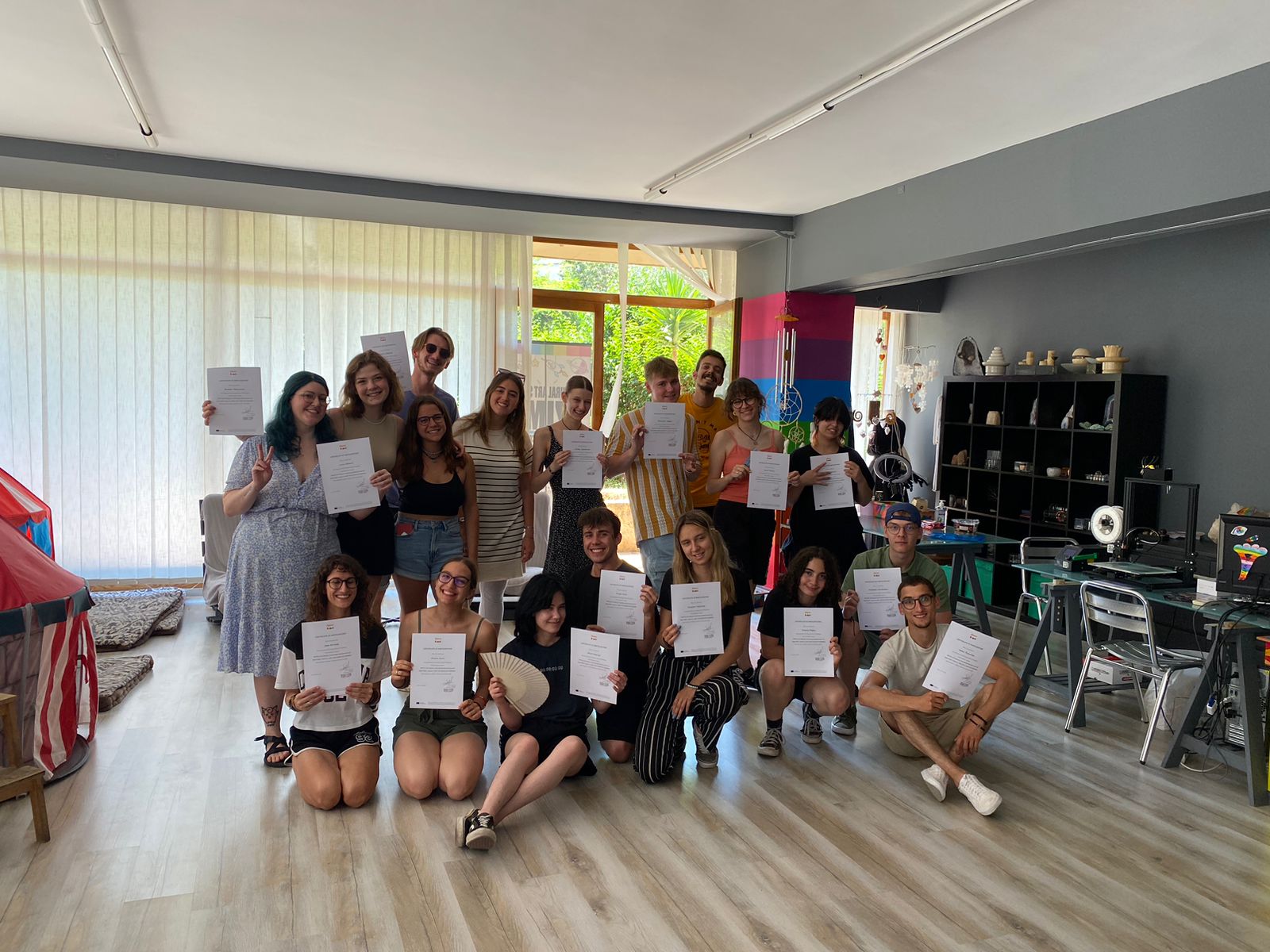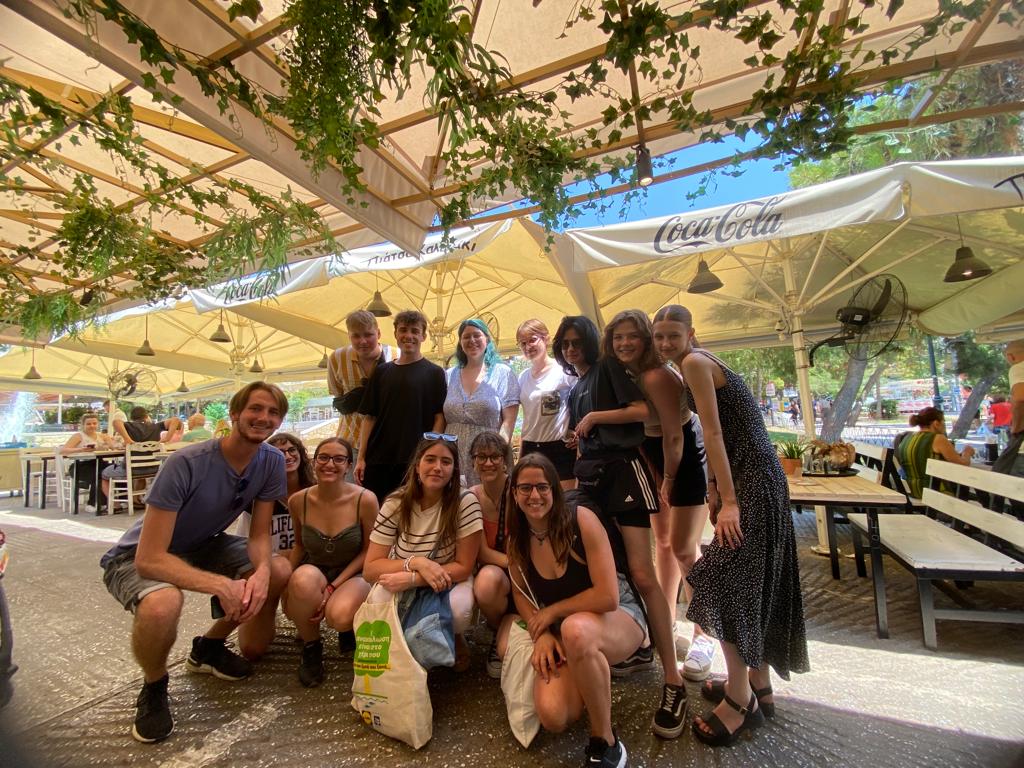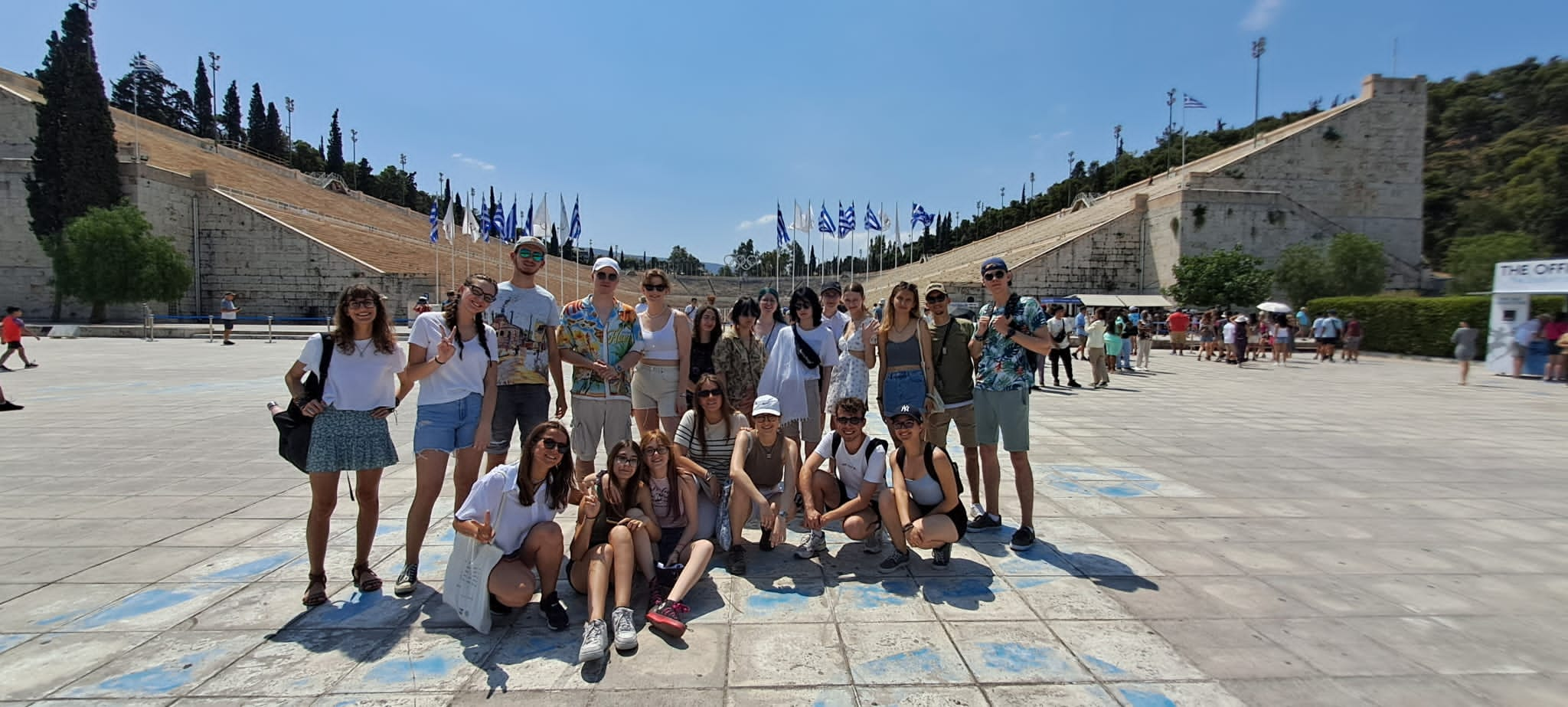19-23.06.2023 LTTA in Athens, Greece
From 19th to 23rd of June, 21 young people from Greece, Poland, Lithuania, Spain and Italy participated in Learning, Teaching and Training Activity – workshops in Athens – conducted under the MOVE & ACT: Empower Youth through Entrepreneurial and Digital Skills project. Participants gathered new skills in 3D printing, learnt more about inclusion and acceptance, and explored the beauty of Athens. Workshops were co-hosted by two Greek partners: MYARTIST & e-Nable Greece.
The workshops focused on 3D printing and its use to help people with disabilities, especially vision disorders. Participants – young artists from various European countries – gained the necessary knowledge and skills to utilize 3D printing technology as a means of artistic expression in the digital realm. They were equipped with knowledge to better understand the hardware and software components of 3D printers, the process of slicing 3D models using software such as UltimakerCura, and the impact of slicing parameters on print quality. Through this training, participants were empowered to explore the potential of 3D printing, merging artistic techniques with digital technology, and creating tangible representations of their creative ideas.
Also, key concepts related to social stories were introduced. A social story is a narrative-based intervention technique used to help individuals, especially those with autism spectrum disorder (ASD), understand and navigate social situations. It typically consists of a simple, concise story that incorporates visual supports, written in a clear and sequential manner. The purpose of a social story is to provide individuals with a predictable and structured framework for comprehending and responding to social cues, rules, and expectations. By presenting information in a concrete and visually appealing manner, social stories aim to foster understanding, reduce anxiety, and facilitate appropriate social behaviours in various contexts. They can cover a wide range of topics, such as greetings, sharing, and visiting museums of course, offering individuals a valuable tool for social skill development and improved communication.
First, participants learned the meaning of the social story and how it can be utilized. In the workshop, young people learnt how to write social stories focusing on what’s important, examined an example and went over to writing their first social story. The goal was to prepare children with autism for visits in public places which require certain patterns of behaviour. Participants prepared a common social story about the Museum of Contemporary Art. It was supposed to be more professional with photos and good descriptions of every step of a tour. Participants were satisfied with the workshops. They claimed the workshops themselves were fascinating and widened their social horizons.
READ OUR SOCIAL STORY

Funded by the European Union. Views and opinions expressed are however those of the author(s) only and do not necessarily reflect those of the European Union or the European Education and Culture Executive Agency (EACEA). Neither the European Union nor EACEA can be held responsible for them.

